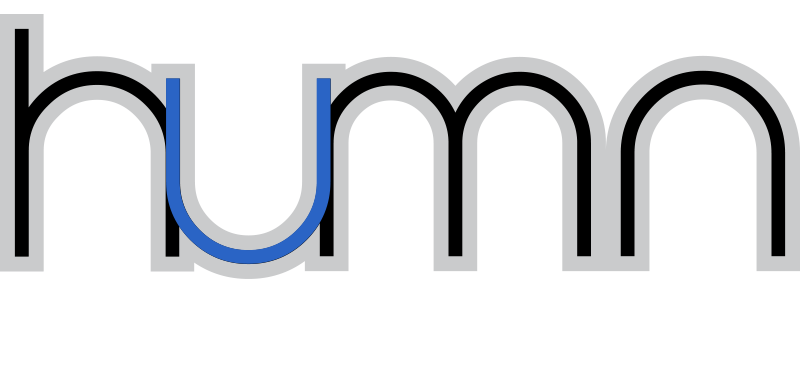Weaknesses
Welcome back! We’ve been on a journey unpacking what tactically we can do to “manage” weaknesses.
We approach it in four steps.
- Who are you – really?
- Can you stop doing what highlights the weakness?
- Can someone else do this activity instead?
- If you have to do it can you use a different approach that better aligns with your talents?
Here’s the next part of the process. Enjoy!
Can someone else do it instead?
I don’t mean can I dump this on someone else! This is a deliberate question. I have lost count of the teams I’ve worked with where someone is doing something they hate, and someone quite literally is next to them who isn’t getting the chance to do more of what they love. What if we could figure out what each of us yearned to do more of? What if we stopped expecting everyone to be the same? What if we thought of people as uniquely talented individuals who can contribute as such?
People as Human Assets vs Human Resources. There’s a thought! So, what’s in the way?
One obstacle is that the individualized approach requires leaders to lead in a very different way. Not every leader is up for the task, frankly. Treating everyone the same is a lot easier than treating each person uniquely. That’s not how we do things round here, so suck it up folks. Policies and rules give air cover from unpopular issues. They stop leaders from challenging poor policies or becoming advocates for their teams. Figuring out each person’s strengths also takes a lot of time, and yet the Gallup research shows that those Leaders who can do this see big results. One study on employee attrition found that those employees who in fact didn’t attrite were led individually. They enjoyed their work 31% more, used their strengths at work 33% more and had 37% more confidence that they were gaining skills that would develop their career.
What if that were everyone?
Do you know what your personal strengths are (see point 1 above!)? Do you have a common vocabulary to use to describe them? Do you know what they look like in action? Or do you know what to ask for more of (and less of!) from your manager or leaders?
Is your leader interested in this opportunity? By the way – in my humble opinion – a leader’s role is to get the best out of people. To do that you need to know what they’re best at doing, give them as much of that as possible and then get out of the way! It’s amazing what happens when you do!
Lastly, organic change between individuals is also a way to drive this. It can be small things, things that don’t need or warrant leadership sanctioning. Teams that share their strengths and tasks with each other and that align as such with each other build trust and collaboration quickly and easily. This approach is a very deliberate form of partnering aimed at getting the best work done by the best person. Sounds so obvious now when stated like that huh?
So, that’s the third concept done. Tune back in soon if you’re interested in learning more about the other strategies we mentioned and how to put them to use!
In the meantime if we can be of help Just reach out at: Coach Chris
Let’s chat!


